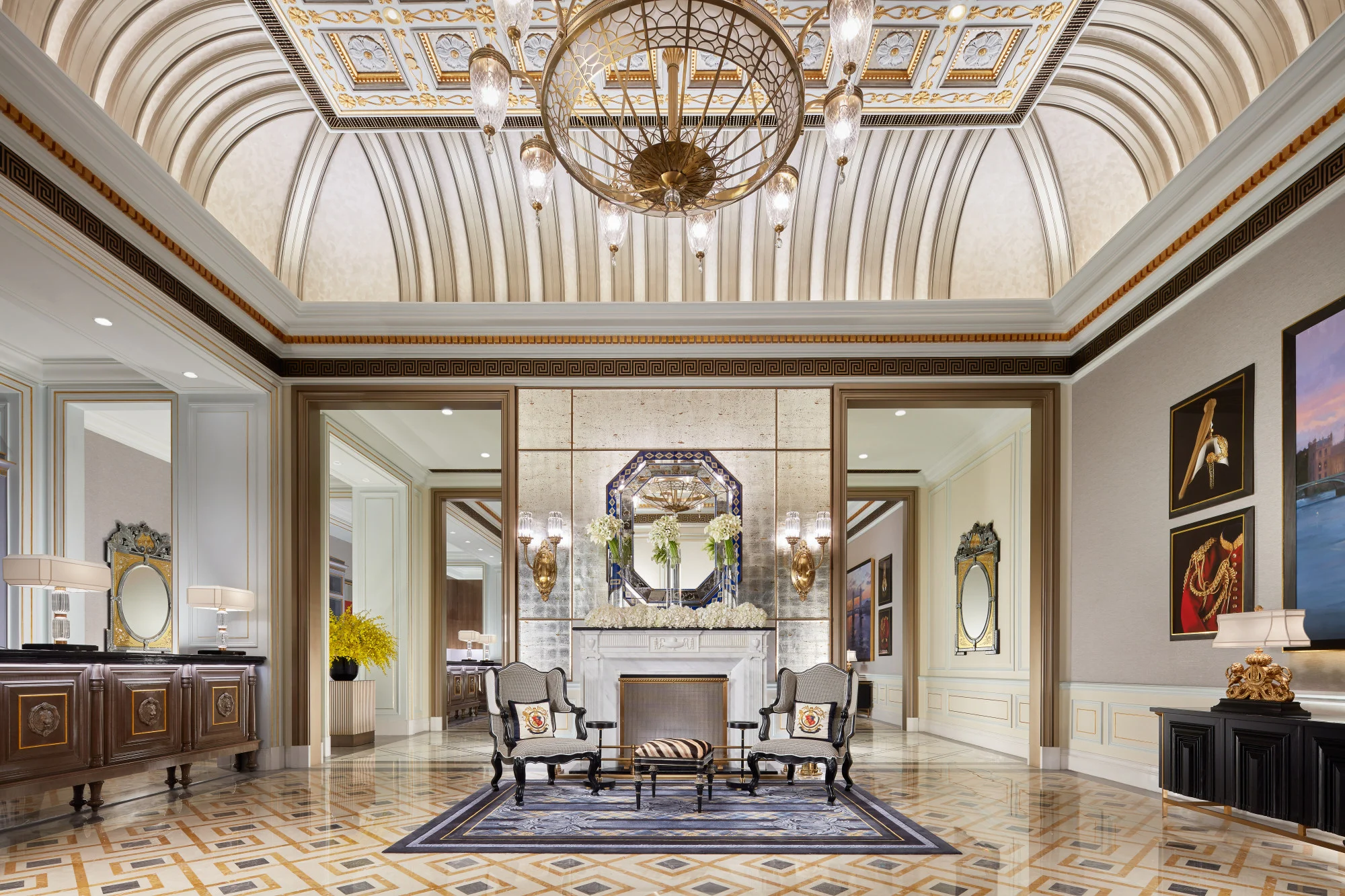As the fashion industry takes a break in August, premium firms are dealing with creative leadership voids, declining earnings, and shifting customer preferences. Imran Amed analyzes if the recent problems indicate a lasting shift in the business environment.
LONDON — We’re in the dog days of summer, and the fashion world is winding down for its usual August break. However, when luxury executives prepare to depart for vacations in the Greek Islands, the English countryside, the Hamptons, and elsewhere, they are preoccupied with a variety of issues.
Several fashion businesses are still without creative heads, others are stuck in “elevation strategies” that aren’t working, and others are seeing a dramatic slowdown in revenue and profit development. The most recent dominoes to fall are Ferragamo and Hugo Boss. This week, both the Italian luxury brand and the German fashion giant announced operational profit drops of more than 40% in the second quarter. This follows disappointing earnings from Kering, Burberry, and flat revenue at industry bellwether LVMH.
However, they are uncommon, unusual situations. The mood music in the business as a whole is significantly more somber. Several CEOs have questioned me in recent weeks if I believe the current state of the business indicates a lasting transition or if it is a fleeting phenomena.
To answer this question, we must dissect a number of the dynamics that are colliding in a perfect storm, influencing luxury expenditure throughout the world.

Economic Slowdown in China, Europe — and Now the US
As a result of the pandemic, we are seeing an unusually synchronized global downturn and poor consumer confidence. How long will it last? The signals are not good. Germany reported a surprise GDP decrease in the second quarter, the Bank of Japan shocked markets when it raised interest rates, and financial markets tumbled around the world this week as key economic indicators coming out of the US telegraphed signs of distress, including an unexpected jump in the unemployment rate to 4.3 percent on Friday, indicating an extended period of high interest rates brought on to tame high inflation during the post-Covid recovery period.
Things are so foggy right now that Jean-Jacques Guiony, LVMH’s seasoned CFO noted for his calm hand, acknowledged at the end of the group’s second quarter results presentation, “We have no idea what the outlook will be.” We’ll have a little better comparative foundation in the second half of the year. Is it enough to be optimistic? I do not know. In retail, our visibility is comparable to yesterday’s sales.
Aspirational Customers: Covid Binging Followed by Post-Covid Pullback
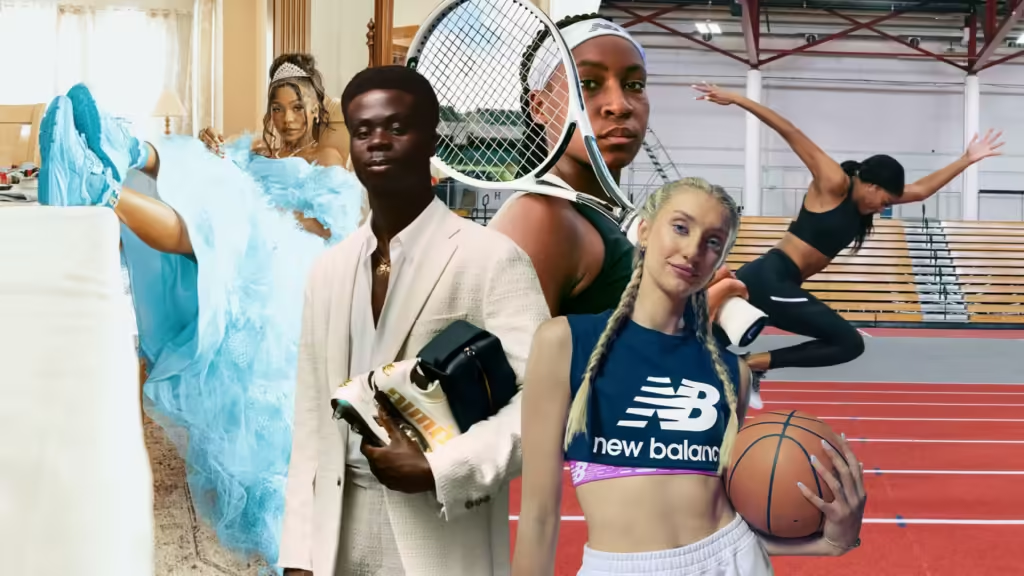
Post-pandemic, consumers are more likely to spend on travel, dining out and experiences.
Another factor frequently mentioned when attempting to analyze what is going on in the fashion industry is the significant reduction in spend by aspirational customers who binged on luxury products during the pandemic due to the increase in disposable income provided by stimulus checks and built-up savings, when there was nothing else they could spend money on.
This era has come to an end, and these clients are back in the world, dining out, traveling, and spending on other things. When your closet is overflowing with clothes and bags purchased during lockdowns, your disposable income is reduced due to the higher cost of living, and you want to do other things that enrich your life, fashion begins to fall down the priority list, especially when prices have been dramatically increased, affecting the perceived value of products manufactured and sold in the hundreds of thousands.
These shifting priorities appear to be a pretty long-term process that will not alter just because the economy begins to improve.
HNWI Customers: Higher Expectations Combined With Luxury Fatigue
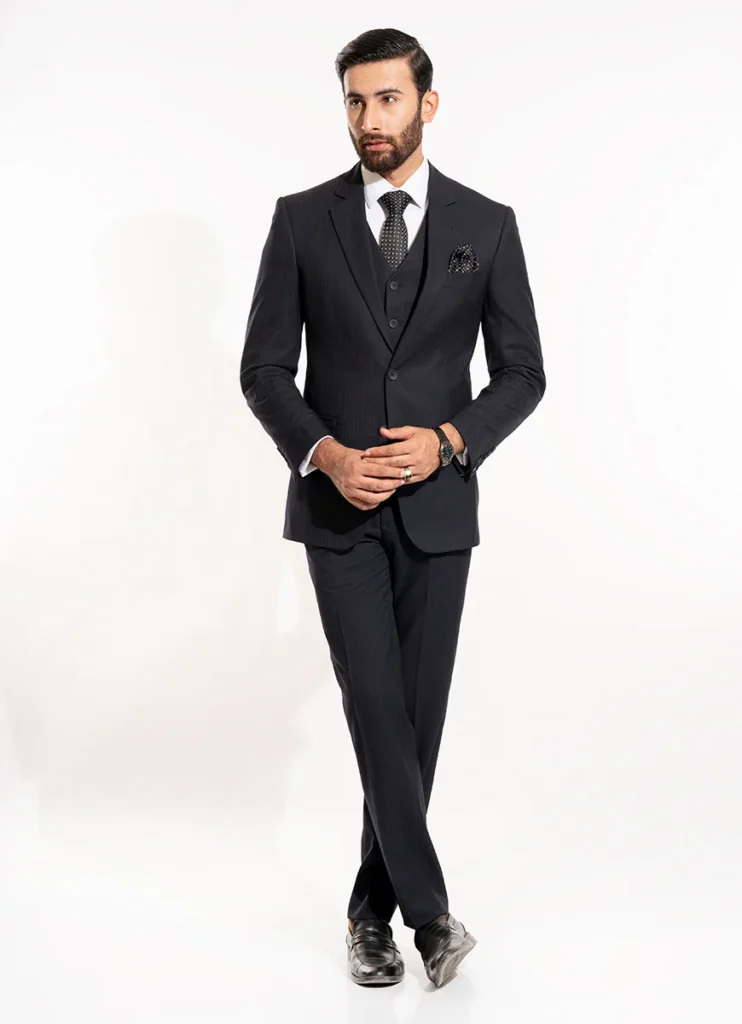
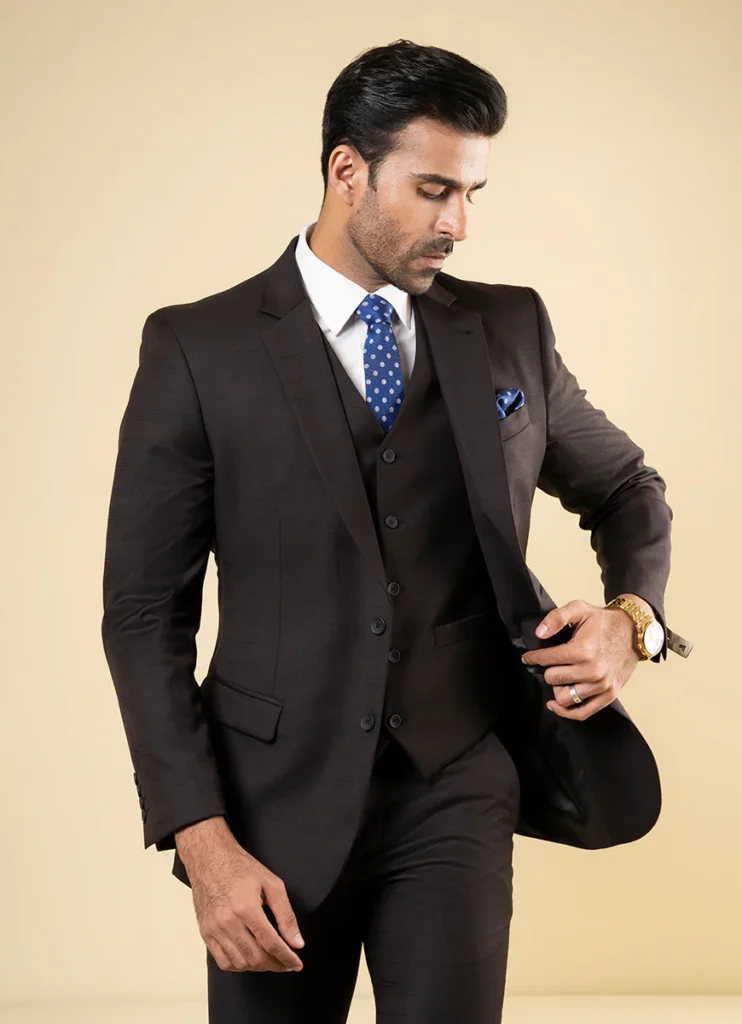
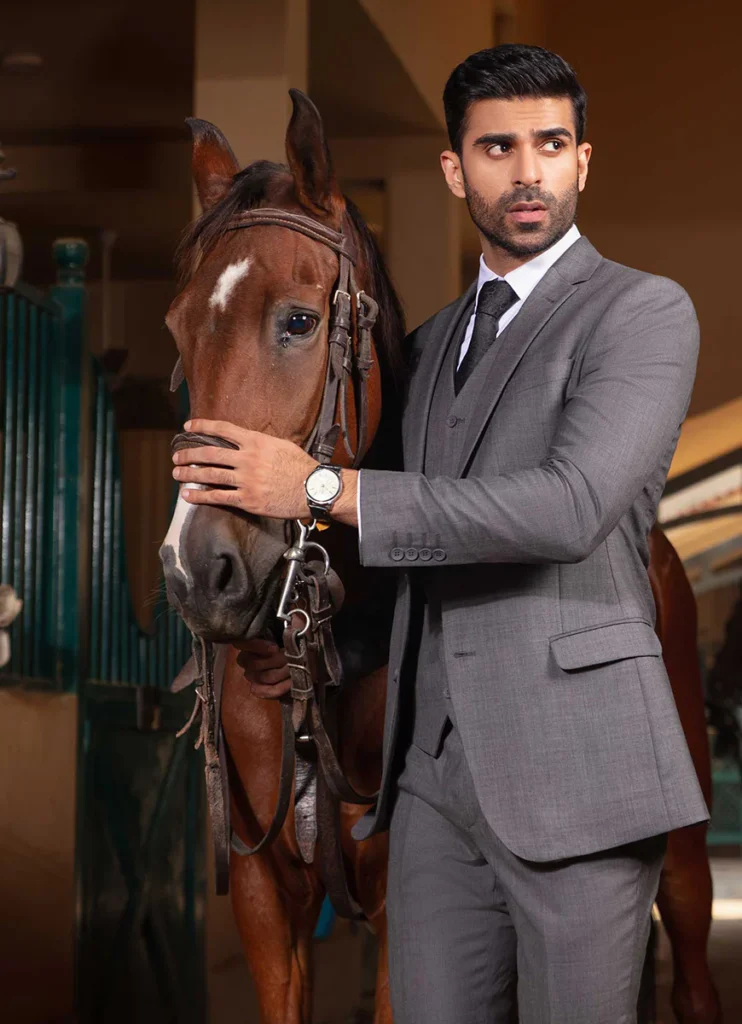

However, aspiring clients are not the only ones questioning their connection with premium apparel. According to a recent BCG and Altagamma analysis issued in July, ultra-high net worth people account for a disproportionate part of sales for luxury companies, having increased from 12% in 2013 to 21% in 2023.
According to BCG, the so-called ‘Beyond Money’ category, which accounts for fewer than 1% of luxury consumers, spends an average of €350,000 ($381,000) each year on luxury, driving 230 times the sales of a single aspirational client. Their expectations are rising as competition for their time, attention, and money intensifies. Brands in the design, hospitality, wellness, and arts industries are all professionalizing.
They want high degrees of personalization, unique products, and a genuine connection to the businesses they buy from. This is why the large luxury corporations go out of their way to pamper them, invite them to private events, and provide them with VIP access. I observed a lot of these VIP consumers at last week’s Olympic opening ceremony festivities sponsored by Louis Vuitton and Dior, as well as at the Maison LVMH, which was constructed specifically to cater to these VIPs.
However, with a luxury fashion industry that has grown more logo-driven and formulaic, producing hundreds of thousands of generic goods based on a premium formula rather than creating and providing authentic luxury experiences, it is unsurprising that they are altering their focus. It’s not because they can’t deal with economic downturns or exorbitant price rises; they’re immune to both – but because many luxury megabrands no longer seem distinctive.
Those who do—Miu Miu for its inventiveness, Hermès for its quality and scarcity—will continue to function well because, in addition to providing excellent service and attention, they are making items that these discriminating buyers believe they must have.
We appear to be a long way from regaining that excitement pretty much everywhere else. When I stepped inside the old La Samaritaine department store last week, it was mostly vacant after being wonderfully rebuilt and reopened by LVMH in 2021. There was no energy, no enthusiasm, and nothing I wanted to purchase. Other boutiques on Avenue Montaigne were livelier, but it appears that the cloud surrounding luxury will persist into 2025.
Here are my other top picks from our analysis on fashion, luxury and beauty:
Fashion’s Sport Obsession Is No Accident. The Olympics demonstrate an ideal combination of the sports and design sectors. It is the result of various variables that have transformed sport into fashion’s most intriguing new battleground in the last two years.

2.Inside New Balance’s Plan to Become a $10 Billion Sportswear Giant. In under a decade, the Boston-based company transformed itself from a brand for dads and runners into one of the hottest players in the sneaker world. Now, it’s using the Olympics and an expanding roster of collaborators, athlete partners and sports categories as catalysts to achieve its lofty ambitions.
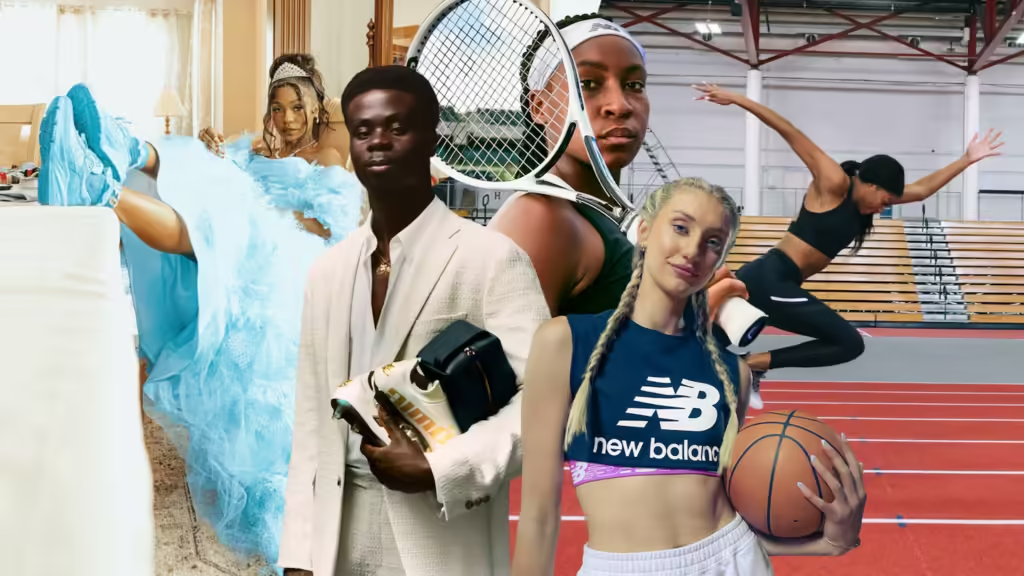
3. Why Retailers Should Stop Worrying About the Gen-Z Versus Millennial Divide. As Gen-Zers hit their mid-20s, the style gap between that generation and their slightly older peers is rapidly widening and playing out publicly on TikTok. For brands, it’s not a matter of choosing a side but rather making an assortment accessible even to older, risk-averse customers.

4. How Fashion Can Nail the Tricky Details of Sports Partnerships. As fashion’s interest in sports grows, brands are getting a crash course in the complicated world of sports sponsorships.

5. True Religion’s Hip-Hop Powered Comeback. Even as the premium denim seller lost its hold on many consumers in the 2010s, hip-hop movers and shakers never wavered in their affinity for the horseshoe logo and signature thick stitching. That’s helping the brand mount a rebound today.

Sign up for The Daily Digest newsletter to receive this email in your inbox every Saturday. It contains agenda-setting insight, analysis, and advice that you will not find elsewhere.

